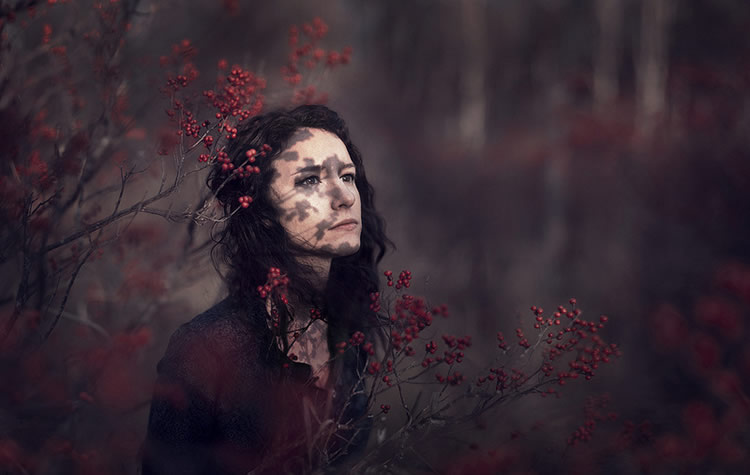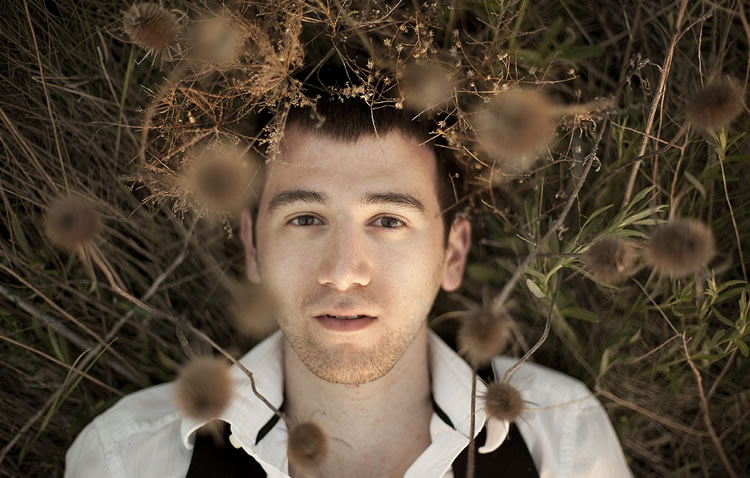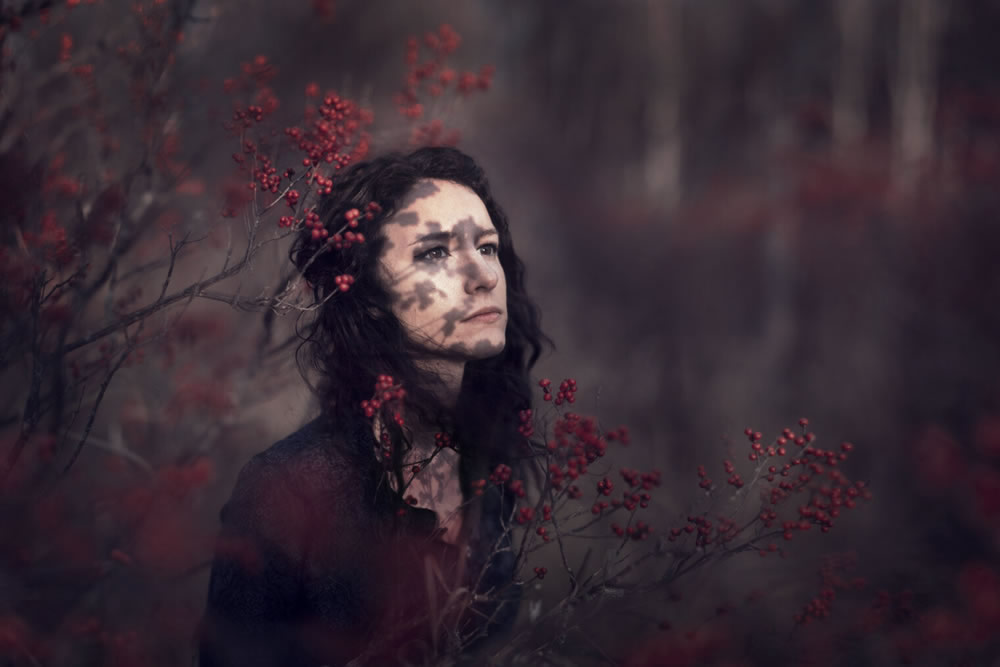Portrait photography is a captivating art form that focuses on capturing the essence and personality of individuals. Whether you’re shooting a friend, family member, or a professional model, these ten tips and tricks will help you take stunning portraits.
1. Understand Your Subject
Before taking any photos, take time to understand your subject. Engage in a conversation to make them feel comfortable and discover what expressions and poses suit them best. Knowing your subject’s personality will help you capture genuine emotions.

Photo By: @olesyashatskova
2. Choose the Right Lens
For portrait photography, a prime lens with a focal length of 50mm to 85mm is ideal. These lenses provide a flattering perspective and allow you to focus on your subject while blurring the background, creating a pleasing bokeh effect.

Photo by: Berta Vicente
3. Focus on the Eyes
The eyes are the most expressive part of a portrait. Ensure they are sharp and in focus, as they draw the viewer’s attention. Use a wide aperture to achieve a shallow depth of field, making the eyes stand out even more.

Photo By: @ggphotographyofficial
4. Use Natural Light
Natural light is often the best option for portraits, as it provides a soft and flattering glow. Shoot during the golden hour—shortly after sunrise or before sunset—for warm, diffused light. Position your subject near a window if you’re shooting indoors.

Photo by: Rob Woodcox
5. Experiment with Angles and Perspectives
Don’t be afraid to try different angles and perspectives. Shooting from slightly above your subject can be flattering, while a lower angle can add drama. Varying your approach can lead to unique and dynamic portraits.

Photo by: Greg Ponthus
6. Consider the Background
The background can make or break a portrait. Choose a simple, uncluttered background to keep the focus on your subject. Alternatively, use environmental elements to add context and tell a story, but ensure they don’t distract from the main focus.

Photo By: @charleenweiss & @josselin
7. Play with Composition
Use composition techniques like the rule of thirds, leading lines, and framing to create visually appealing portraits. Position your subject off-center or use elements in the environment to frame them, adding depth and interest to the shot.

Photo by: Teresa Queirós
8. Direct and Communicate
Effective communication is key to getting the best out of your subject. Provide clear directions and positive feedback to help them relax and pose naturally. Encourage spontaneous expressions and movements to capture authentic moments.

Photo by: Rob Woodcox
9. Post-Processing and Retouching
Post-processing can enhance your portraits, but use it judiciously. Adjust exposure, contrast, and color balance to achieve a polished look. Retouch skin imperfections subtly to maintain a natural appearance, and avoid over-processing.

Photo by: Rob Woodcox
10. Practice and Experiment
The best way to improve your portrait photography skills is to practice regularly. Experiment with different lighting conditions, settings, and subjects. Learn from each shoot, and don’t be afraid to make mistakes—they are part of the learning process.

Photo by: Teresa Queirós
Conclusion
Portrait photography is a rewarding and expressive genre that allows you to capture the unique essence of your subjects. By understanding your subject, using the right equipment, and honing your technical skills, you can create beautiful and compelling portraits. Remember, practice and experimentation are key to developing your style and finding your voice as a portrait photographer.
Related Articles:
- 20-Year-Old Photographer Berta Vicente Captures Stunning Fine-Art Portraits
- Photographer Erkin Demir Captures Double Exposure Portraits That Will Blow Your Mind
- Shades Of The Unseen: 40 Haunting Black & White Portraits To Mesmerize
- 30 Fantastic Female Black & White Portrait Photographs For Your Inspiration











